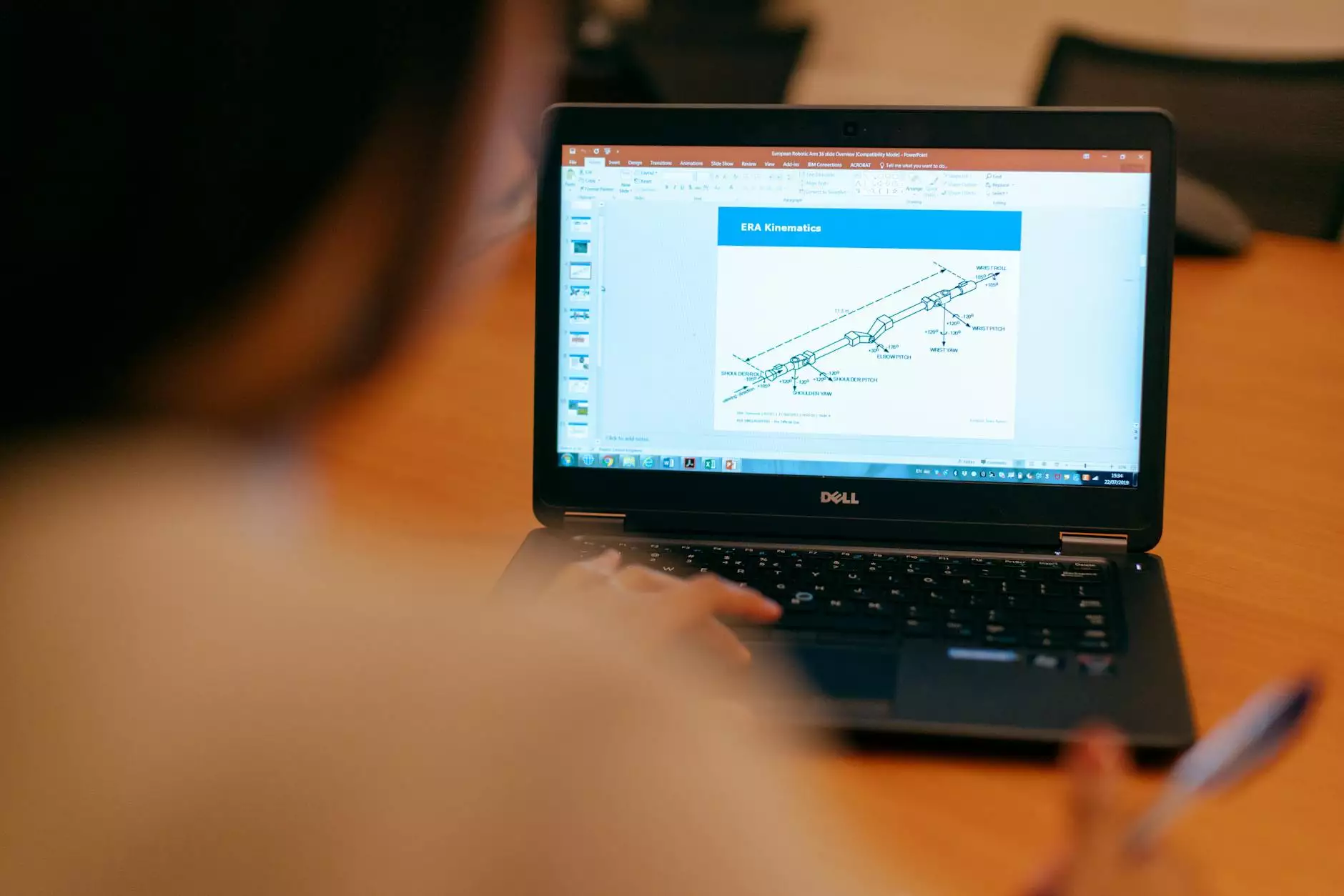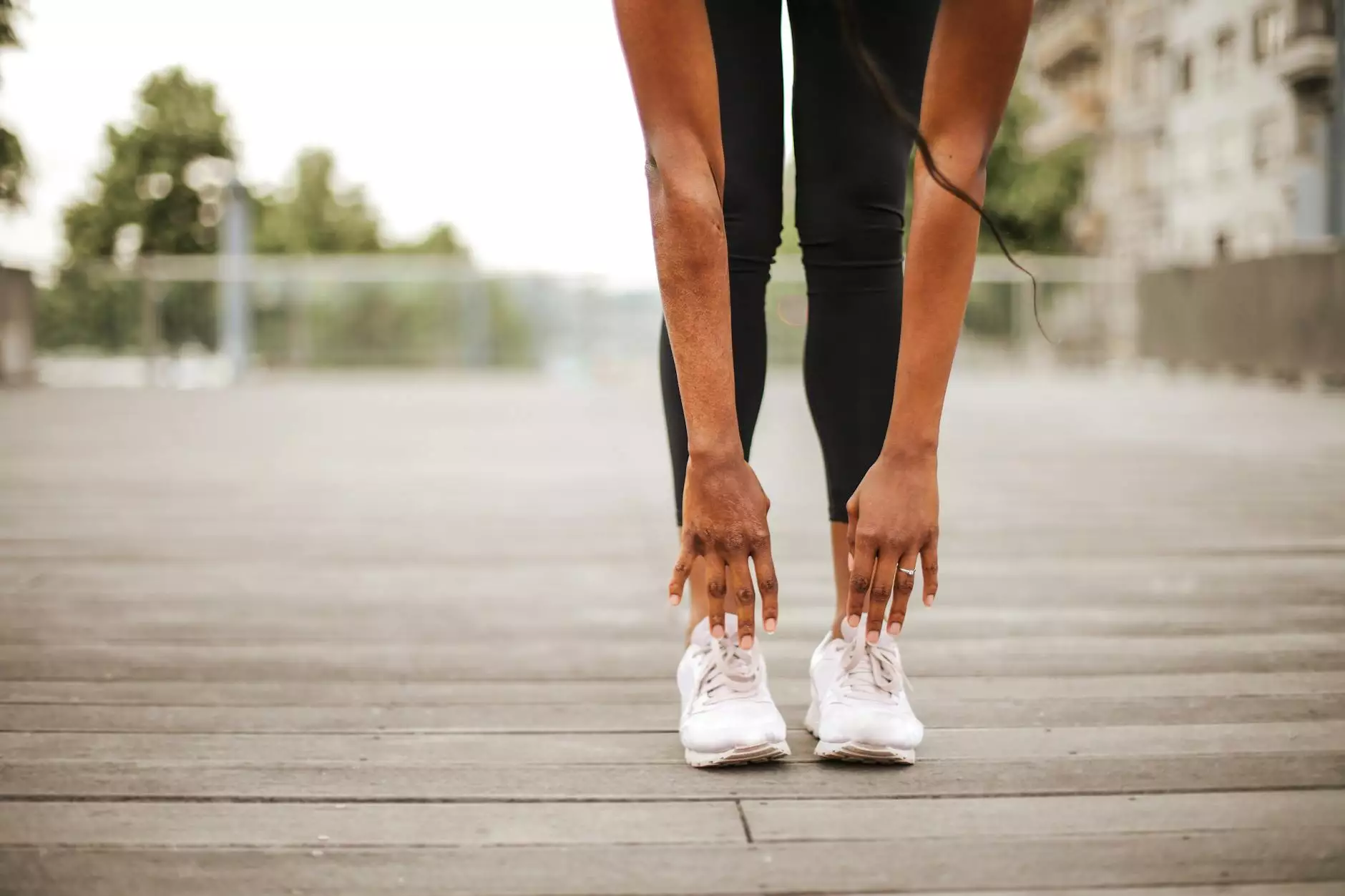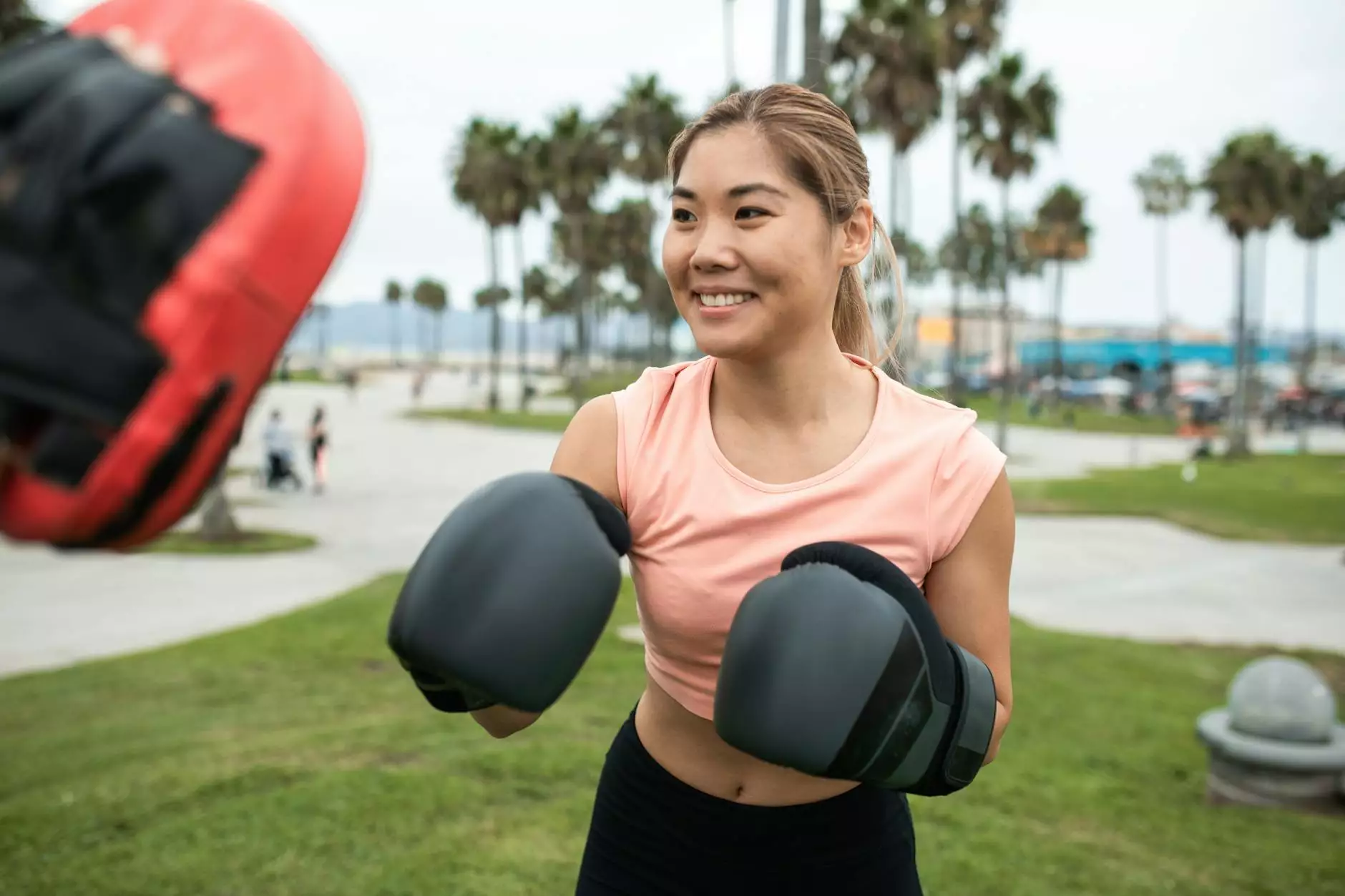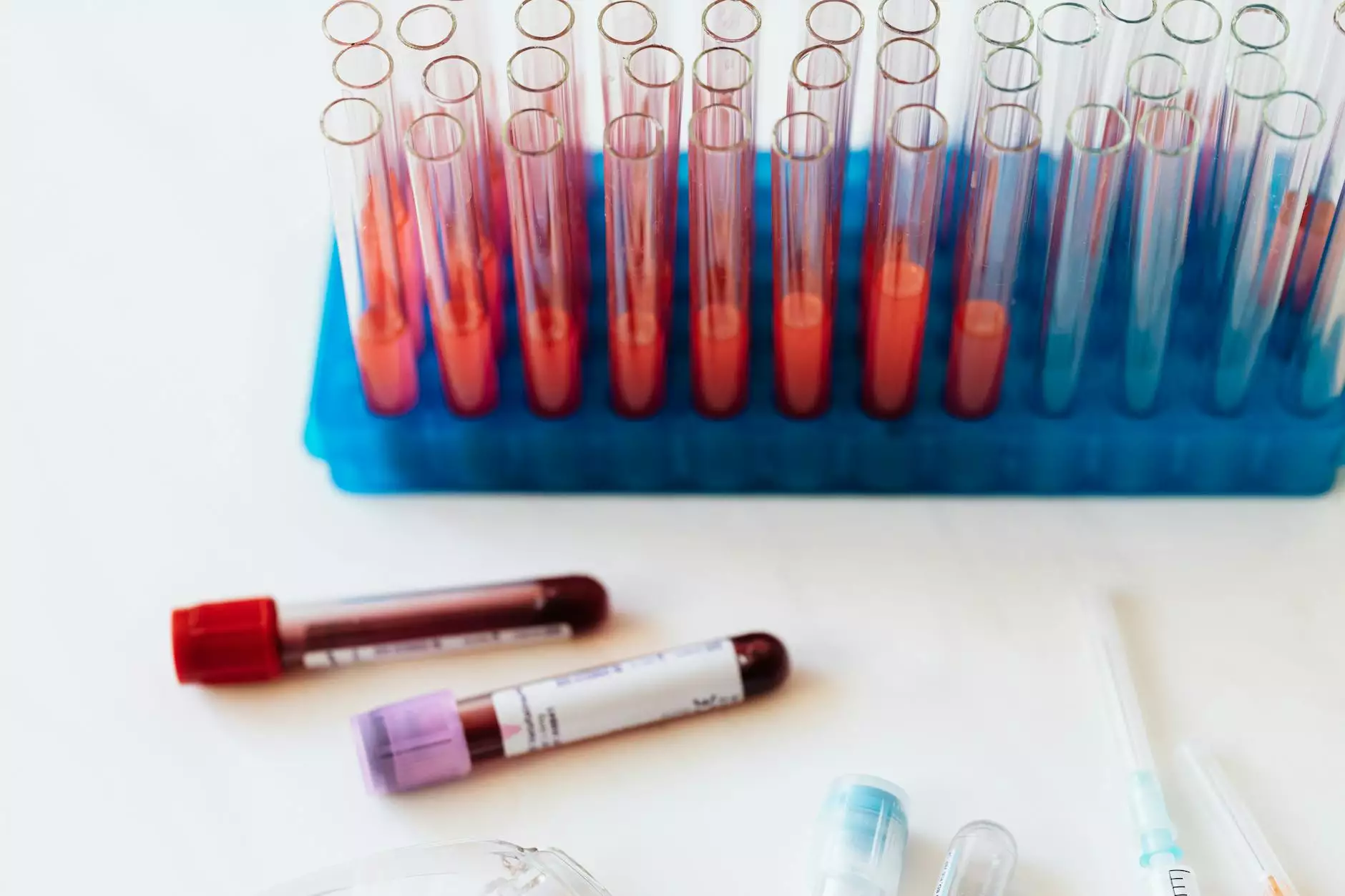The Comprehensive Guide to the Arthrokinematics of the Shoulder

The shoulder is one of the most dynamic and complex joints in the human body, allowing for an extensive range of motion. This mobility, however, comes with its own set of challenges, particularly concerning the understanding of its mechanics. In this article, we delve deep into the arthrokinematics of the shoulder, exploring its mechanics, implications for physical therapy, and how understanding these principles can contribute to better health outcomes.
What is Arthrokinematics?
Arthrokinematics refers to the complex movements that occur between the articular surfaces of joint structures. These movements are crucial for understanding how bones interact at a joint in concert with their surrounding tissues. In the context of the shoulder, the arthrokinematics involve several intricate movements that permit a wide range of activities.
The Anatomy of the Shoulder
To grasp the arthrokinematics, one must first appreciate the anatomical components of the shoulder joint. The shoulder consists of:
- Scapula (shoulder blade)
- Clavicle (collarbone)
- Humerus (upper arm bone)
These bones form several joints, including the glenohumeral joint, which is primarily responsible for the arm's mobility. Other joints, such as the acromioclavicular and sternoclavicular joints, also play significant roles in the shoulder's overall function.
The Movements of Shoulder Arthrokinematics
The shoulder's remarkable range of motion is a result of both osteokinematics (the movement of the bones) and arthrokinematics (the movement of joint surfaces). Key movements include:
- Flexion and Extension
- Abduction and Adduction
- Internal and External Rotation
Flexion and Extension
During flexion, the humeral head posteriorly glides during shoulder elevation, accompanied by anterior rotation. Conversely, during extension, there is an anterior glide of the humeral head. Understanding these movements can help physical therapists design effective rehabilitation protocols.
Abduction and Adduction
In cases of abduction, the humeral head glides inferiorly while the arm moves upward. Adduction involves the opposite motion, with the humeral head gliding superiorly. This knowledge is pivotal in diagnosing and treating conditions like rotator cuff injuries, where these mechanics may be disrupted.
Internal and External Rotation
During internal rotation, the humeral head glides posteriorly, whereas, during external rotation, it glides anteriorly. A solid understanding of these movements plays a crucial role in effective therapy and injury prevention.
Importance of Arthrokinematics in Physical Therapy
Understanding the arthrokinematics of the shoulder is paramount in various aspects of physical therapy:
- Injury Assessment: Knowledge of normal arthrokinematics allows therapists to identify abnormal patterns, providing insights into potential injuries or dysfunctions.
- Rehabilitation Protocols: Tailoring rehabilitation exercises based on arthrokinematic principles aids in quicker recovery and improved outcomes.
- Injury Prevention: Recognizing the risks associated with improper mechanics can help design preventive strategies for athletes and active individuals.
Common Shoulder Injuries Linked to Arthrokinematics
Several shoulder injuries are directly related to the understanding of arthrokinematics:
- Rotator Cuff Tears: Often associated with improper humeral head positioning.
- Shoulder Impingement Syndrome: Resulting from inadequate space for rotator cuff tendons during shoulder movements.
- Labral Tears: Frequently tied to abnormal glenohumeral joint mechanics.
Techniques to Assess Shoulder Arthrokinematics
Physical therapists utilize various techniques to assess shoulder arthrokinematics effectively:
- Manual Therapy: Hands-on techniques that help restore normal joint motion.
- Goniometry: Measuring range of motion to assess joint function.
- Special Tests: Clinical tests designed to evaluate specific shoulder injuries and their relation to arthrokinematic dysfunction.
Rehabilitation Exercises for Optimal Arthrokinematics
Incorporating specific exercises can enhance shoulder mechanics, leading to better overall function:
1. Shoulder Flexion Stretch
This stretch targets the anterior shoulder, crucial for maintaining flexibility and proper movement mechanics.
2. Scapular Stabilization Exercises
Strengthening the muscles around the scapula enhances stability during shoulder movements.
3. Rotator Cuff Strengthening
Specific exercises aimed at strengthening the rotator cuff can help restore normal arthrokinematic patterns.
Conclusion
In conclusion, a profound understanding of the arthrokinematics of the shoulder is essential for healthcare professionals working with shoulder injuries. By appreciating the mechanics involved and implementing tailored rehabilitation strategies, physical therapists can offer effective treatment options and enhance the quality of care for their patients. Furthermore, an emphasis on prevention and training can significantly reduce the risk of injuries, keeping individuals active and healthy.
For further information or to schedule a consultation, consider reaching out to professionals at IAOM-US, specializing in physical therapy and chiropractic services.
arthrokinematics of shoulder








